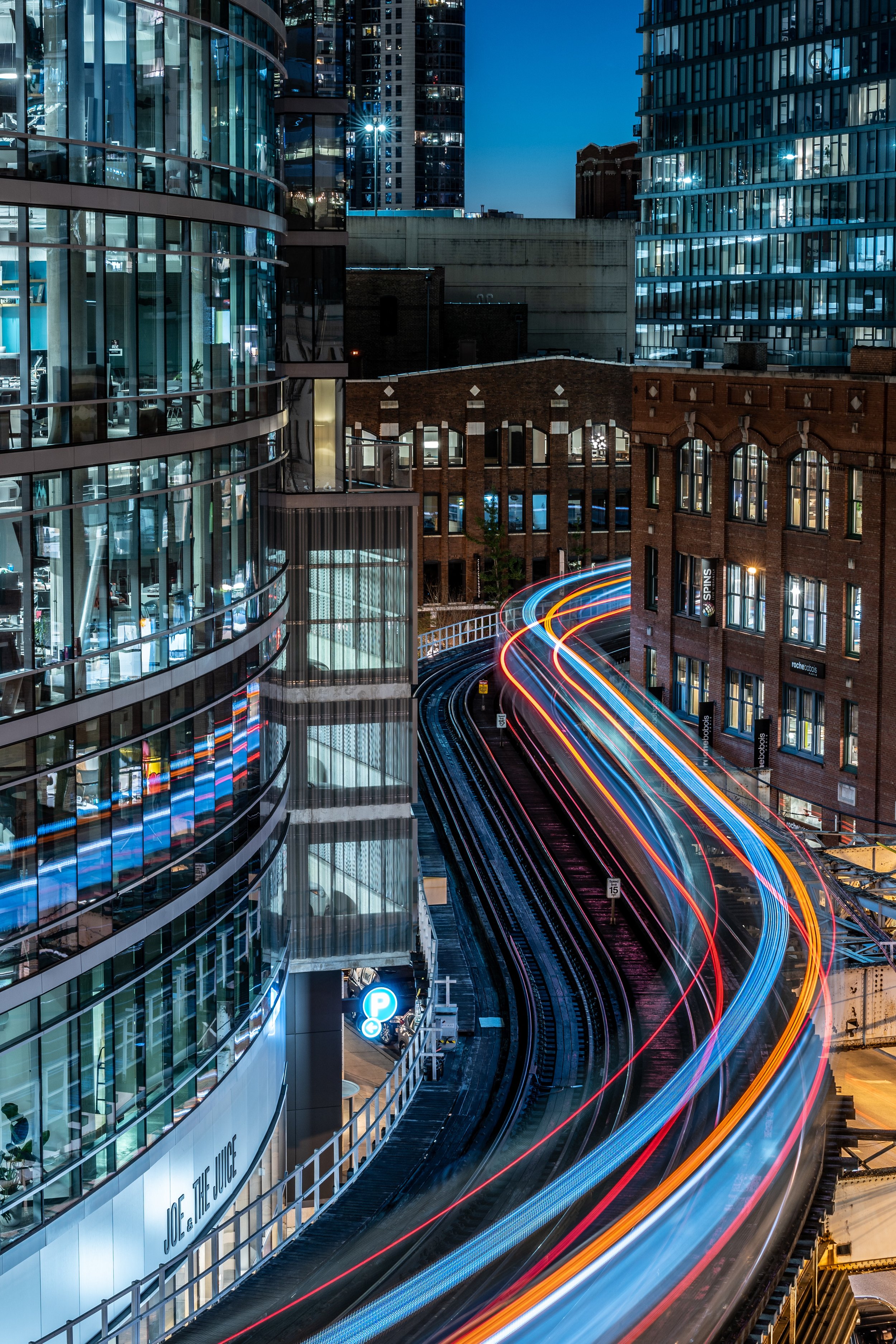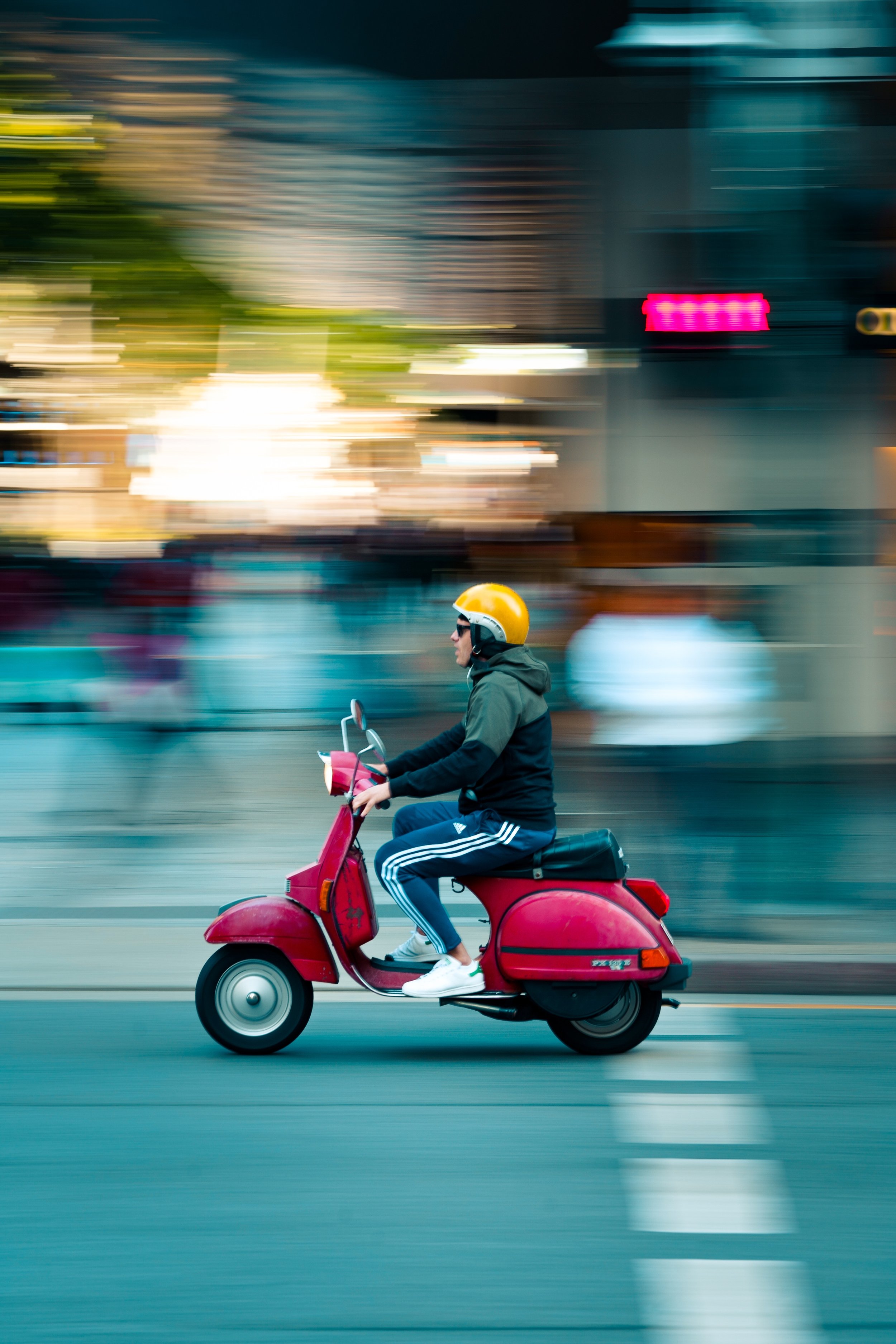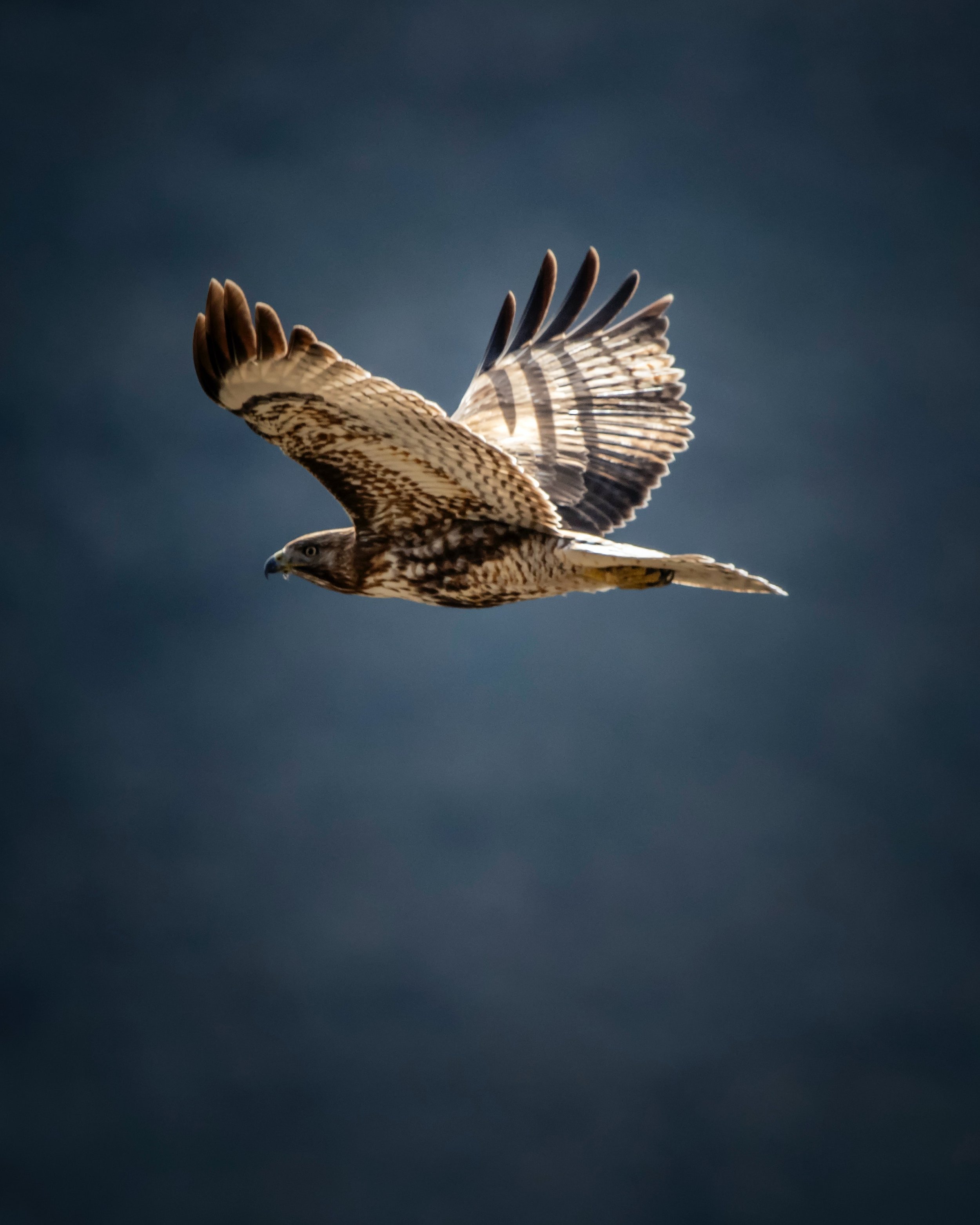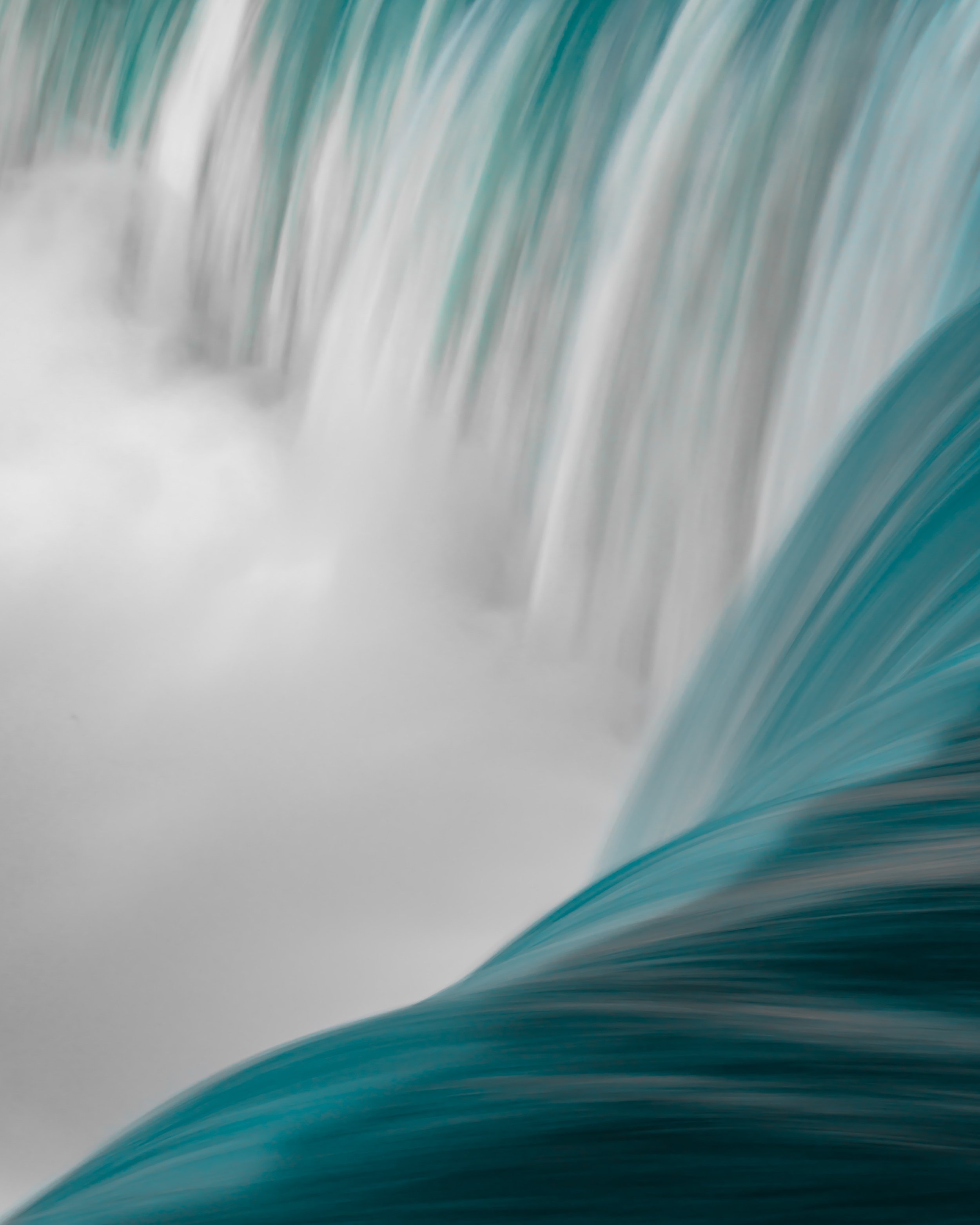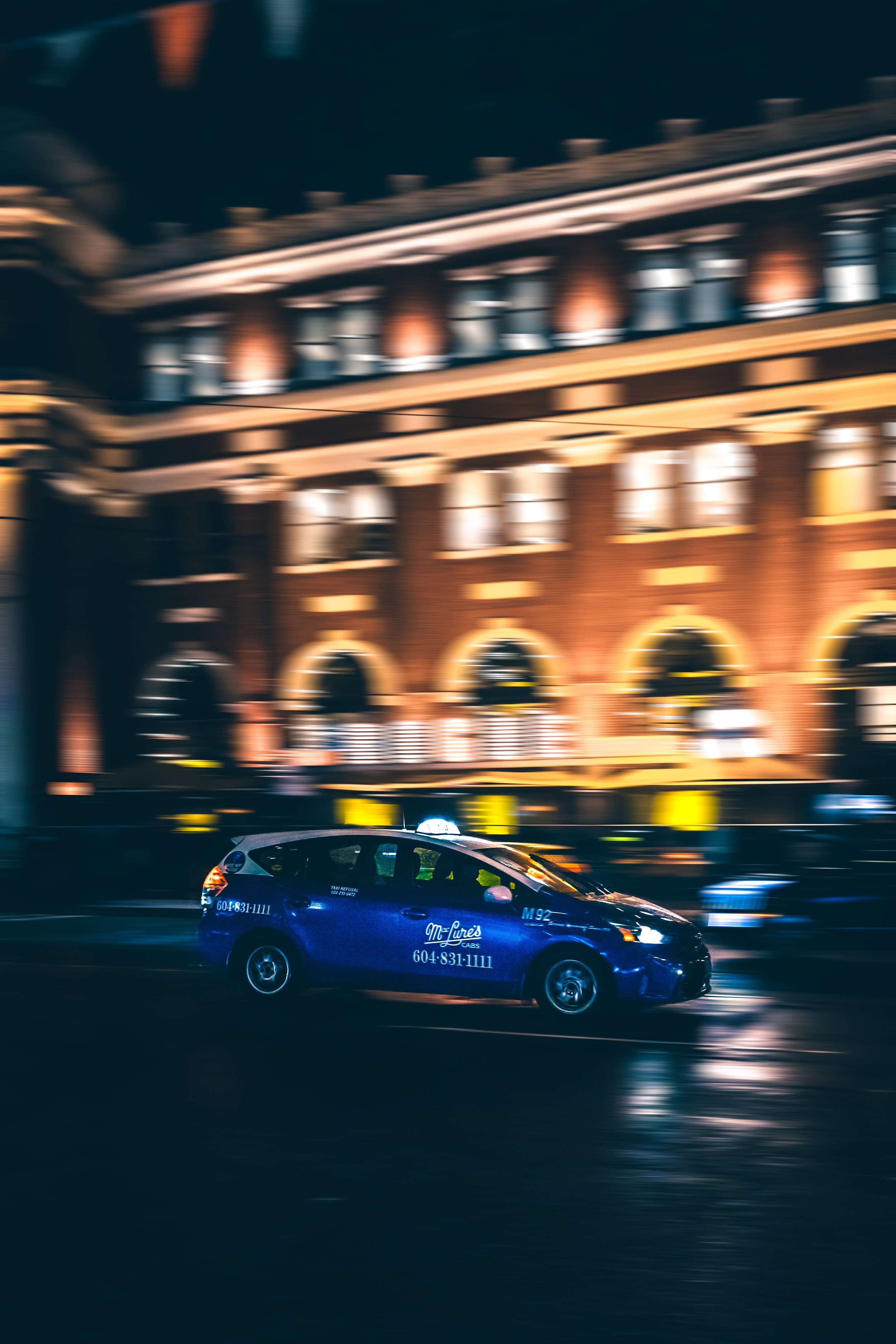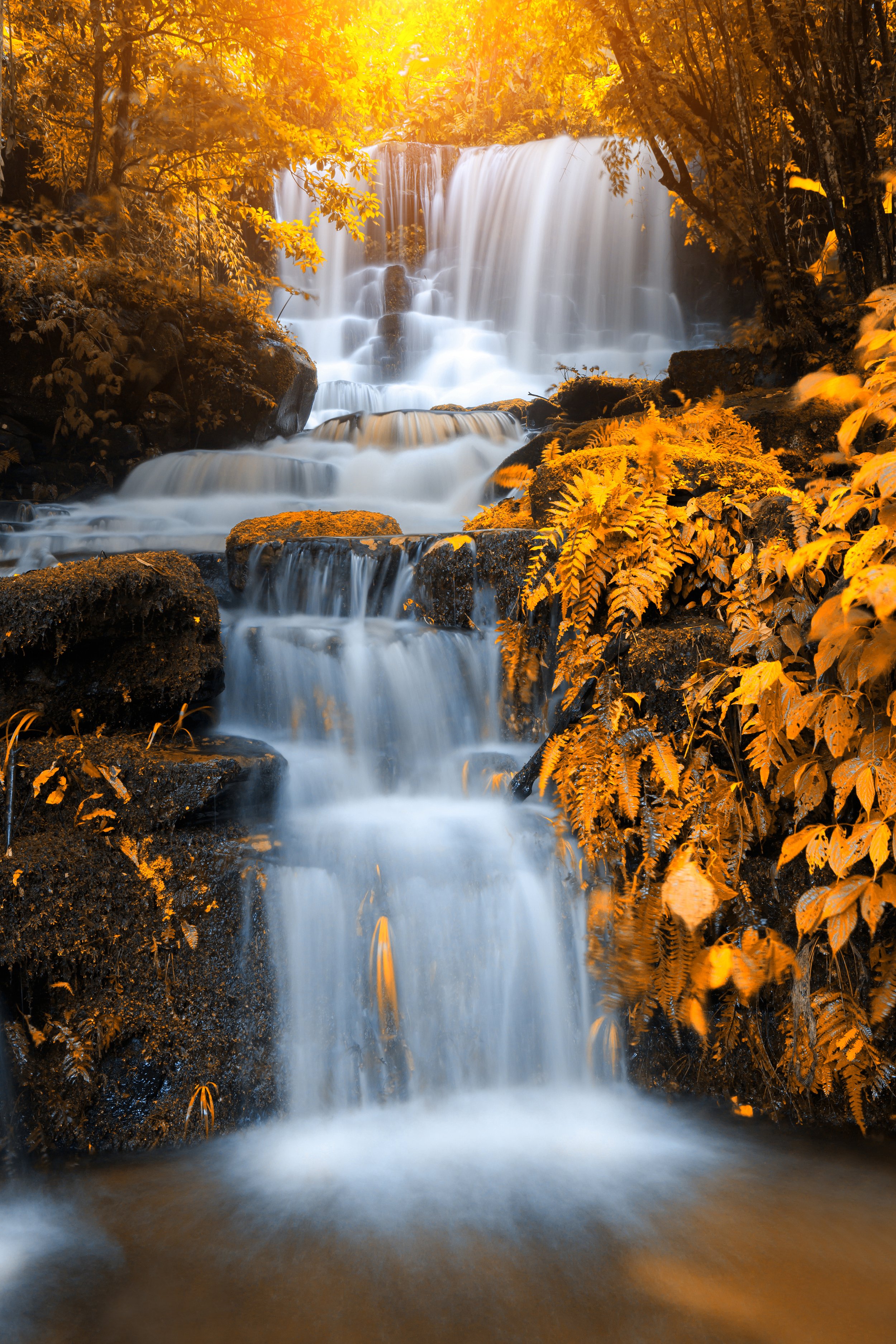How to Control Light-Understanding Your Shutter and Shutter Speed: The Know Your Camera Series
In this episode, we continue to discuss light and lighting our scenes and sets with respect to the use and manipulation of the shutter speed on our cameras.
“We often fear what we believe we cannot control. In this week’s episode we begin to talk about how we can control light in our photography.”
Controlling light seems complex. Often, when we begin to learning about light and learning about controlling the exposure for photos, the conversation centers on the exposure triangle-the intersection of aperture, shutter speed, and ISO. Ive been in classes where the topic of exposure and how to obtain proper exposure, has been covered anywhere from 5 minutes to 30 minutes. I really don’t believe anyone has ever given me the information on all three components of the exposure triangle in a way that I could not only understand, but truly comprehend. There’s often a lot of “This is this and this is that and if you move this, then you move that and your photo will be properly exposed.” What’s been your experience? Hopefully better and more useful than mine.
If you’ve listened to some of the episodes of this podcast, you know I like to focus on one topic at a time. In episode 9, I focused on aperture. Last week we started easing our way into our discussion on light beginning with the different types of lights that are available to us.
Now, we’re moving into controlling light with our camera’s shutter and using shutter speed.
Here are some highlights from this episode:
{3:46} Because your shutter speed is based on length of time, shutter speeds are measured in fractions of a second, fractions of one second.
{5:12} When we talk about shutter speed, we also talk about changing the amount of time in terms of “stops.” Stop is the term used in photography to discuss changes in different settings.
{13:11} There's a general rule in photography, that your shutter speed should not be longer than the focal length of your lens. And not to get overly technical, but let me define for you what is a focal length. The focal length of a lens is the distance from the center of the lens to the camera's sensor.
{16:46} Another major consideration for the best shutter speed for your subject is whether or not there's movement.
{18:37} If you're photographing a car race, and you want to convey speed, you can do that by taking a photo of racing cars at a slower shutter speed because it'll give the effect of speed or motion by causing a blur.
{19:16} It's a good idea to experiment and find the shutter setting that provides clarity of the subject but also provides a small amount of blur in the surroundings.
{20:13} For this reason, no matter how steady your hands are, when you're going to use a slow shutter speed, it's best to use a tripod or a monopod. When appropriate, not required, but very useful is a shutter release, which allows you to trigger your shutter without touching the camera. Releases can be wired, or they can be wireless, and are specific to camera make and model.
{20:47} Before you pick up your camera and start shooting reason in your mind what shutter speed you need to work as a baseline. Think about it first and move your shutter to that number. It doesn't have to be right. But it will be in the ballpark of where you need to be.
Please remember to Rate, Review, and Subscribe to This Podcast on Apple Podcasts and Anywhere you get your podcasts. By doing so you not only support the podcast, but you help other listeners interested in the topic to find it.

